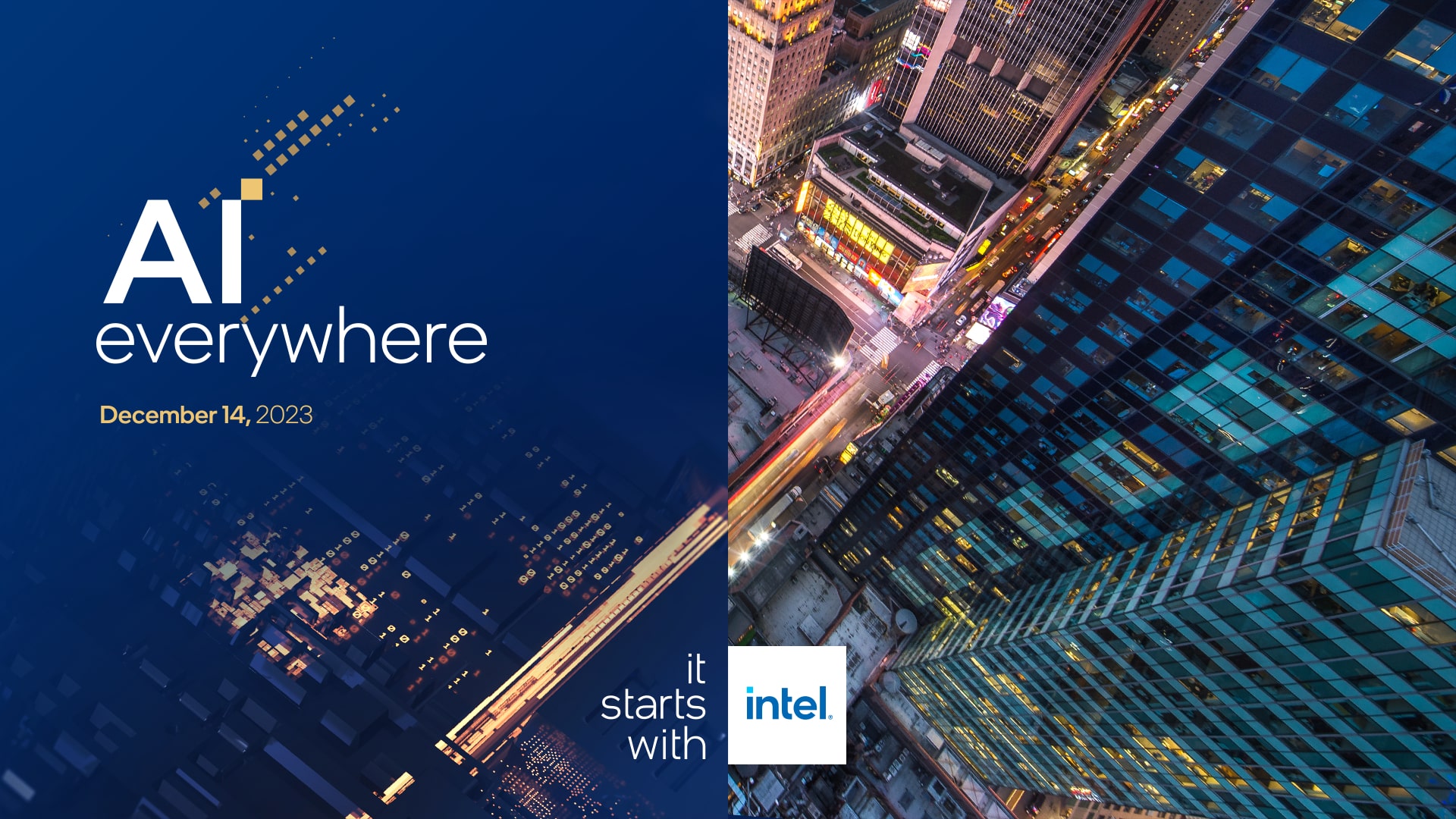Take a pass on Intel, this portfolio manager says


It’s only been a few months since the share price for semiconductor chip maker Intel Corp (Intel Stock Quote, Chart: NASDAQ:INTC) hit a new post-dot com era high, yet the downturn since then has been significant: a 23 per cent cliff dive since June 4. Worse still, investors shouldn’t expect a return to form anytime soon, says David Driscoll of Liberty International, who feels that on the whole, the semiconductor space should now be avoided.
“I’m not a fan of the chip companies. I think they’re lower down on the pecking order and therefore they’re subject to commodity pricing,” says Driscoll, president and CEO of Liberty International, to BNN Bloomberg.
Intel’s 2018 has been one to forget, what with the detection of security flaws in two decades worth of its chips, the departure of CEO Brian Krzanich and an announced further delay in the debut of its 10-nm chip, now projected to be ready by late 2019.
The latter issue had a dramatic impact on the company’s share price, which fell more than six per cent directly following Intel’s second quarter earnings report in late July. For Q2, the company produced better than expected numbers for earnings ($1.04 per share versus the expected $0.96 per share) and revenue ($16.96 billion versus the Street’s $16.77). (All figures in US dollars.)
Yet it was the prospect of declining gross margins going forward along with the lengthening delay in the debut of its new tech that concerned investors, who have now pushed INTC down three per cent for the year.
Those delays led to a rating downgrade last month by Raymond James, moving INTC from market perform to underperform.
“Intel’s biggest strategic problem is their delay on 10nm production – we don’t expect a 10nm server chip from Intel for two years,” said Raymond James analyst Chris Caso. “10nm delays create a window for competitors, and the window may never again close. While Intel is standing still, TSMC isn’t, so by the time Intel has 10nm in server we expect TSMC to be firmly in the lead.”
Driscoll says that even with its good-looking balance sheet, Intel’s options are limited.
“They’re trying to do that shift into electrification and they’ve got a big war chest to be able to do that,” Driscoll says. “What it comes down to is that you’ve got all these large cap companies, you can’t grow your business, you’re only taking market share away, so Intel has not been doing a heck of a lot.”
“The dividend yield is there, the free cash flow is there, it’s just a space I’m not interested in,” he says.



